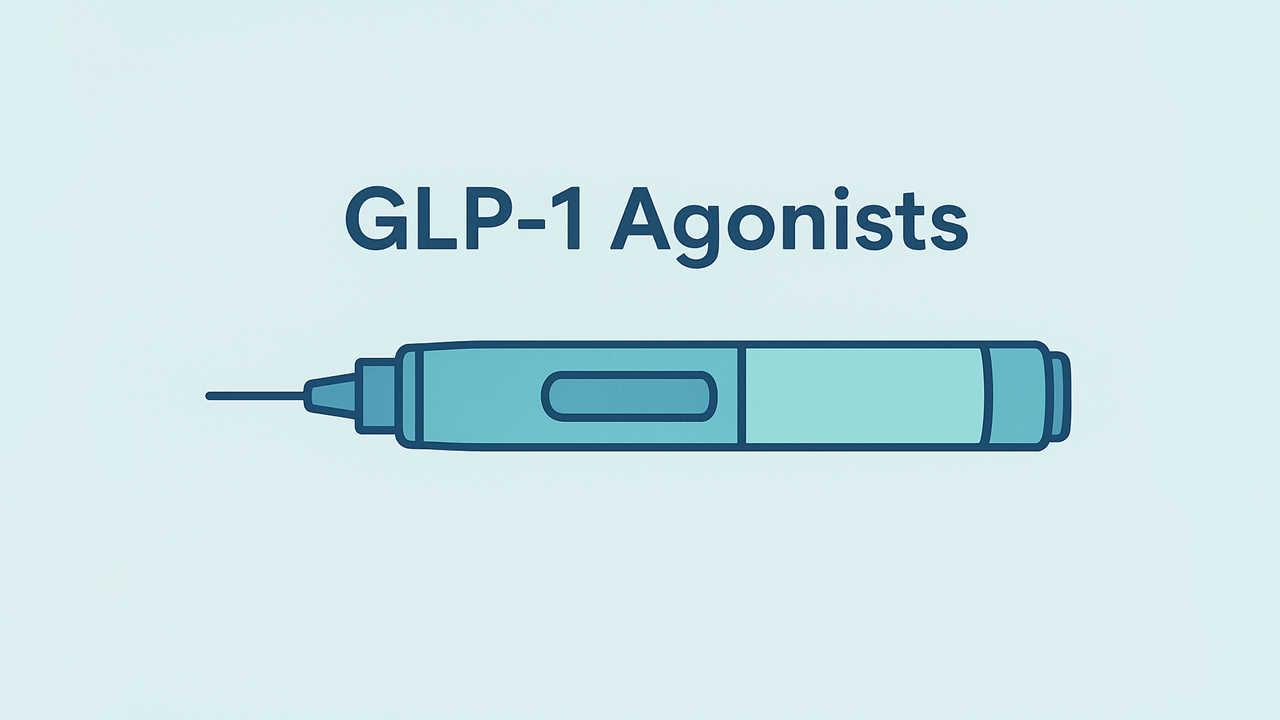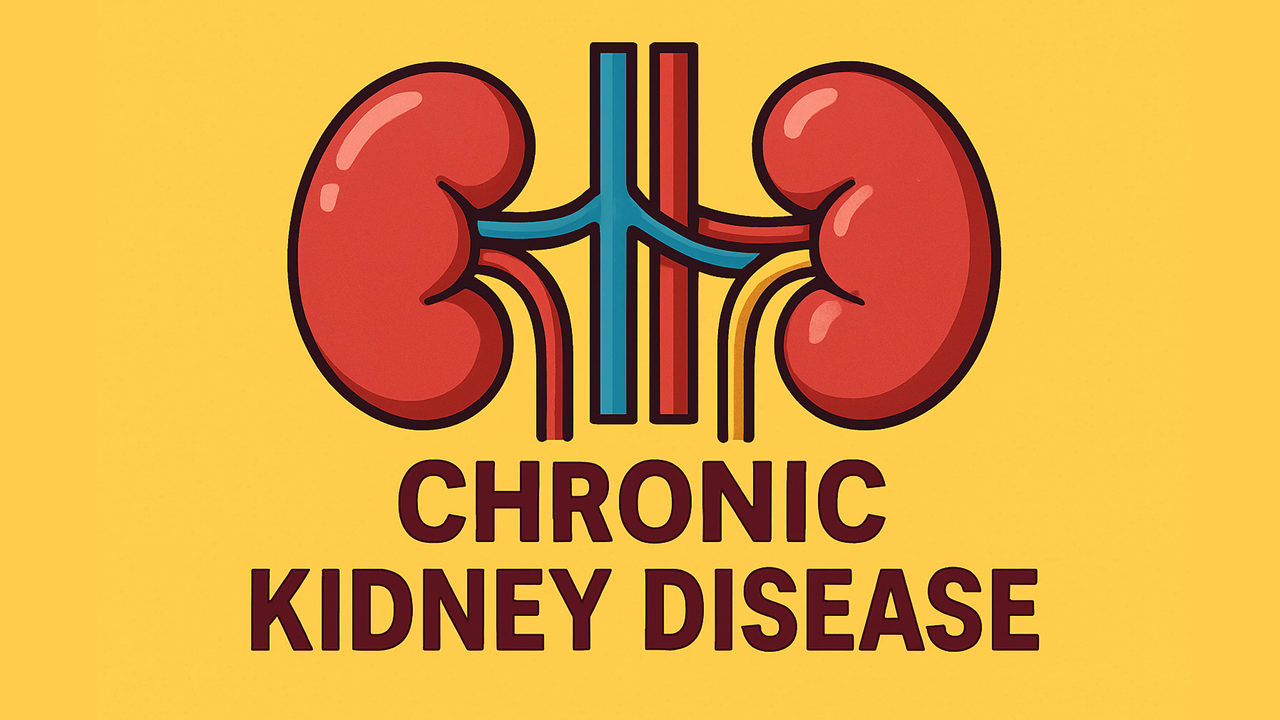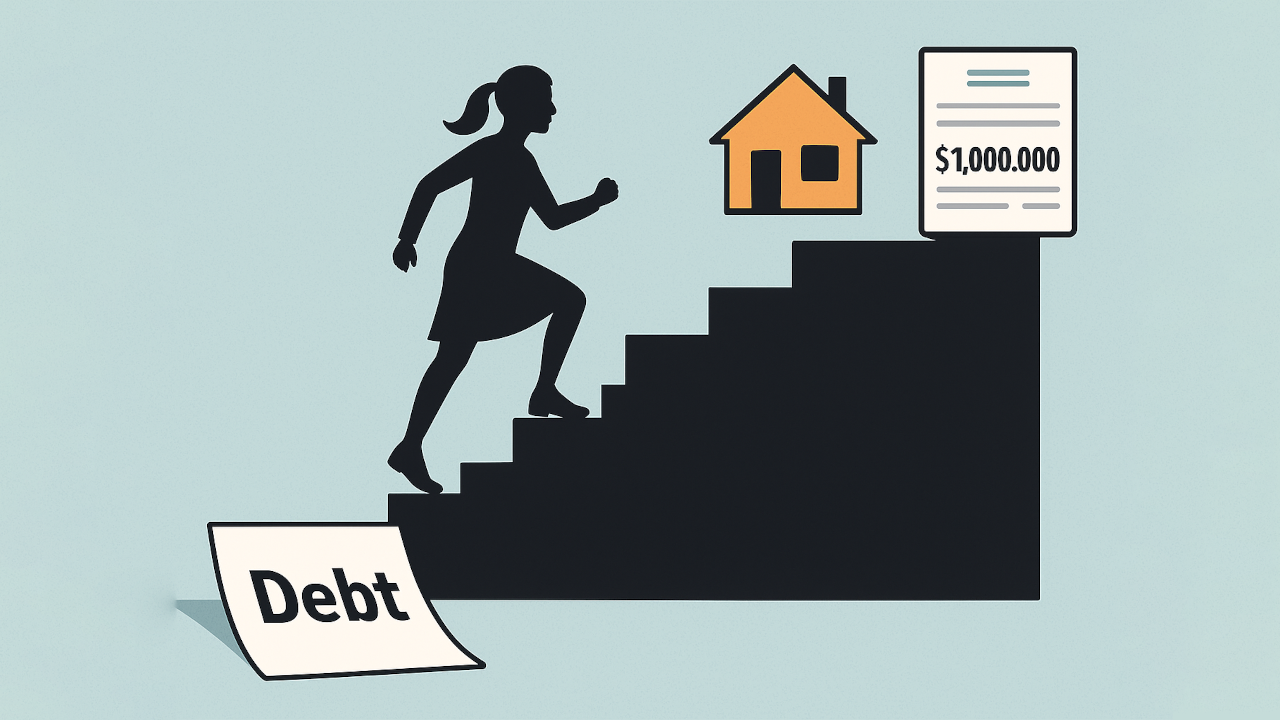Is It Okay to Take a Car Loan?
Buying a car is often one of the biggest financial decisions we make, and how you pay for it can have long-term consequences on your wealth. Many people ask, “Is it okay to take a car loan?” The answer largely depends on your financial situation. If you’re still in the wealth-building phase of life, the general advice is to be very cautious with car loans. In fact, it’s often best to buy a car with cash or, if you must finance, use a large down payment to secure a short-term, low-interest loan. Let’s break down why this approach makes sense and how it can save you a fortune in the long run.
Short-Term Loans and Large Down Payments Save Money
If you’re focused on building wealth, you want to minimize the money lost on interest. The best way to do that when buying a car is either pay in full or finance as little as possible for as short a time as possible. Why? Car loans charge interest, and the longer you take to repay or the more you borrow, the more interest you’ll pay. Lenders also tend to reward borrowers who take shorter loans or put more money down up front. With a big down payment, you’re borrowing less of the car’s price – which means less risk for the lender – so they often offer a lower interest rate. Similarly, short-term car loans usually come with lower interest rates because there’s a lower chance you’ll default over a shorter period. In other words, the bank is more confident it will get its money back quickly, so it can afford to charge you less interest.
Lower rates and a shorter payoff period have a double benefit: you get a better APR and you pay interest for fewer months. Industry data backs this up. For example, one study found that new auto loans with terms under 48 months had an average APR of about 3.98%, while loans longer than 85 months (over 7 years) averaged around 9% – that’s more than double the rate for the long-term loans. Not only is the rate higher on a long loan, but you’re also paying it for much longer. The result is a huge total interest cost. A short-term loan, on the other hand, keeps your total interest to a minimum. The only catch is that shorter loans mean higher monthly payments, so you need to budget for that. But if you can comfortably handle the payments, a short-term (or smaller) car loan is far better for your finances than a six- or seven-year loan with a tiny down payment.
Let’s see these principles in action with a real-world example.
Comparing Car Loan Scenarios: The Cost of Interest
To understand just how much difference your loan choices can make, let’s examine three car-buying scenarios and do some calculations with our investing calculator. Imagine you’re purchasing a $10,000 used car, and you consider three options:
Large Down Payment, Short 3-Year Loan (Low Rate): You put down $5,000 in cash and take a 3-year (36-month) loan at 4% APR on the remaining $5,000. Total interest paid over the life of the loan: roughly $314.
Large Down Payment, Long 6-Year Loan (High Rate): You put down the same $5,000 but opt for a 6-year (72-month) loan at 14% APR on the $5,000 balance. Total interest paid: about $2,418.
No Down Payment, Long 6-Year Loan (High Rate): You finance the entire $10,000 cost with a 6-year loan at 14% APR (zero down payment). Total interest paid: approximately $4,836.
Notice the dramatic jump in interest costs. In Scenario 1, the short-term low-interest loan costs you only about $314 in interest – a relatively trivial amount. In Scenario 3, however, the long 6-year loan at 14% ends up costing over $4,800 in interest, which is 15 times more interest paid for the same $10,000 car. Scenario 2 is somewhere in between: by financing half the car at 14% for 6 years, you pay about $2,418 in interest – significantly more than the short 4% loan, but roughly half the interest of Scenario 3 (because you borrowed half as much).
What do these numbers tell us? They highlight that high interest rates and long loan terms can dramatically increase the total cost of your car. The car in Scenario 3 may look affordable based on the monthly payment, but you’d secretly be spending nearly $5,000 extra just for borrowing the money. That’s money out of your pocket with nothing to show for it except the convenience of a slightly lower monthly bill. Scenarios 1 and 2 show how putting more money down and/or choosing a shorter repayment period saves you thousands in interest charges. In fact, industry research shows the same pattern: choosing a 3-year loan instead of a 6-year loan can save over $4,500 in interest on the average car purchase. The bottom line is, if you’re still building wealth, you want to be in Scenario 1 – or as close to it as possible – not Scenario 3. Don’t rush, and save up some money to pay the car in full, or go with Scenario 1.
Investing the Savings for Long-Term Growth
Avoiding big interest payments on a car loan doesn’t just save you money today – it can make a huge difference to your future wealth if you invest those savings. Think of every dollar you don’t pay to the bank as a dollar that could be working for you in an investment account. Let’s take the scenarios above and see what would happen if you invested the interest savings:
By choosing Scenario 1 over Scenario 3, you save about $4,522 in interest ($4,836 minus $314). Now, assume you invest that $4,522 for 10 years and your investments earn a 10% annual growth (compounded yearly) plus a 4% annual dividend yield (with dividends reinvested monthly). After 10 years, that ~$4,500 could grow to roughly $17,500. In other words, the interest you didn’t pay could potentially quadruple into thousands of dollars of investment gains for you.
By choosing Scenario 2 over Scenario 3, you save about $2,418 in interest. Invest that $2,418 under the same assumptions (10% growth + 4% yield for 10 years), and you could end up with around $9,300 after 10 years. That’s about four times the money you started with, just by redirecting what would have been interest payments into an investment.
These calculations illustrate the opportunity cost of paying interest. Every dollar that goes into the lender’s pocket as interest is a dollar that you lose not just once, but the multiple it could have earned for you over time. For someone aiming to build wealth, interest saved is investment capital gained. Even with moderate investment returns, the money you save on a car loan can compound into a sizable sum. In the examples above, a few thousand dollars saved on a car loan turned into an extra five-figure addition to your net worth in just a decade.
Now imagine extending that out further. Over longer periods, the difference can be staggering. One analysis even estimated that the difference between driving an inexpensive $5,000 used car versus routinely buying pricey new cars can amount to over $1 million in lifetime wealth. Likewise, investing something like $350 per month (roughly the amount you might save by driving a cheaper car or avoiding a big car payment) could grow to over $520,000 in 30 years at an 8% average return. The exact numbers will vary with market returns, but the core message is consistent: money not spent on car payments and interest can become money invested in your future – and that can make a huge difference over time.
Smart Car Choices for Building Long-Term Wealth
Cars are necessary for many of us, but they can be notorious wealth killers if you’re not careful. A brand-new car, for example, depreciates rapidly – often losing around 60% of its value within the first five years. That means if you paid, say, $30,000 for a new car, in five years it might be worth only about $12,000. You’ve lost $18,000 in value, on top of any interest you paid if you financed it. This is why financial experts often urge people not to buy brand-new cars unless they’re already financially secure. In fact, a general rule of thumb is that the total value of your vehicles should be far less than your annual income – you don’t want too much of your money tied up in things that plummet in value. The famous financial guru Dave Ramsey advises that “unless you’re a millionaire, buying a new car doesn’t make financial sense.” Even then, most millionaires still don’t buy new – studies have found the average millionaire drives a 4-year-old car with 41,000 miles on it, and 8 out of 10 millionaires avoid car payments altogether, preferring to pay cash for reliable used cars. They know that a car is a depreciating asset, so it’s best to minimize how much you spend on it.
If you’re still in wealth-building mode, the smartest strategy is to keep your transportation costs low. This often means driving a car you can afford (ideally one you can pay for in cash or pay off quickly) and keeping it as long as it’s safely running. There’s a popular saying that “the cheapest car is the one you already own.” In practice, that means if your current car is functional and not horribly unreliable, sticking with it will almost always be cheaper than trading up to a newer car with a new loan. Every year you delay buying a new car, you save thousands in depreciation and interest. Those thousands can be invested toward your other financial goals – buying a home, starting a business, or building an emergency fund. On the flip side, constantly having a car payment means a chunk of your income is tied up in a liability (a car that’s dropping in value), instead of working for you in an asset like stocks or real estate. It’s no surprise, then, that many self-made wealthy individuals attribute part of their success to driving modest cars and avoiding debt. As one personal finance blogger put it, “Driving an inexpensive car is a wealth-building machine” – the difference between a cheap used car and an expensive one can easily exceed $1 million over a lifetime.
Finally, remember that a car’s job is to get you from point A to B. It’s not a trophy or an investment – it’s a tool, and an expense. If having a flashy new car is going to siphon away money that you could use to invest and grow your wealth, then it’s probably not worth it. The good news is that by making savvy choices – buying used instead of new, negotiating a good price, making a big down payment, choosing a shorter loan, or even postponing a car purchase – you can save yourself thousands of dollars. Then, put those saved thousands to work. Invest them, and let compound interest turn them into tens of thousands. This is how you build wealth over time: redirect money from depreciating purchases to appreciating investments.
The Road to Wealth Isn’t Paved with New Car Smell
So, is it okay to take a car loan? If you’re already financially independent or have plenty of wealth, a car loan (especially at a low rate) won’t make or break you. But if you’re still building wealth, a car loan is “okay” only in very limited terms – basically, only if it’s small, short-term, and low-interest. A modest car loan that you can pay off quickly (or, better yet, a used-car purchase you can mostly pay in cash) won’t derail your finances. What you want to avoid is the classic trap: a large, long-term car loan on an expensive new vehicle that burdens your budget and drains your ability to invest. Such a loan might seem doable month-to-month, but over the years it destroys your wealth potential, as we saw with the examples above. In plain terms, financing a car for too long or at too high an interest rate is a wealth killer.
To put it bluntly, “financing new cars is how people stay broke”. That quote may sound harsh, but it reflects a truth that shows up again and again in financial studies and stories: people who struggle financially often have heavy car debts, while people who achieve financial success tend to keep their car costs reasonable. If you make smart decisions like buying within your means, minimizing debt, and investing the money you save, you’ll set yourself up for a much stronger financial future. A car loan can be a useful tool only when used wisely – it should never jeopardize your ability to save and invest.
Bottom line: Treat car loans with caution and focus on getting the most value for your money. Drive a reliable used car if you can, or opt for the shortest, cheapest loan possible. Every dollar you don’t spend on an expensive car (or interest payments) is a dollar you can invest in your own prosperity. By keeping your car costs low and investing early and often, you’ll be miles ahead on the road to long-term wealth – and that journey will take you a lot farther than a brand-new car ever could.































